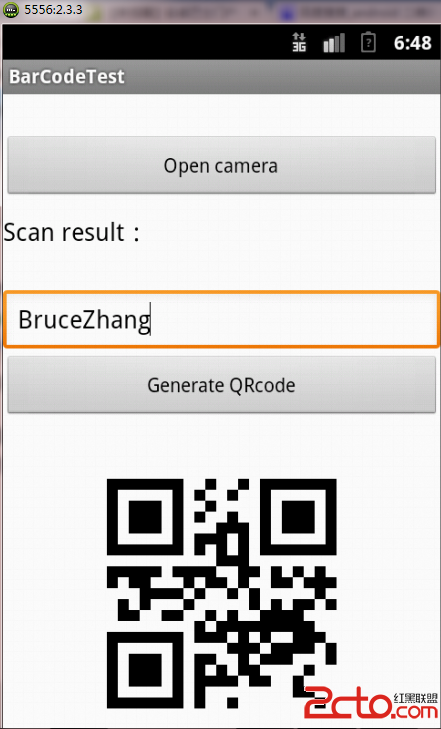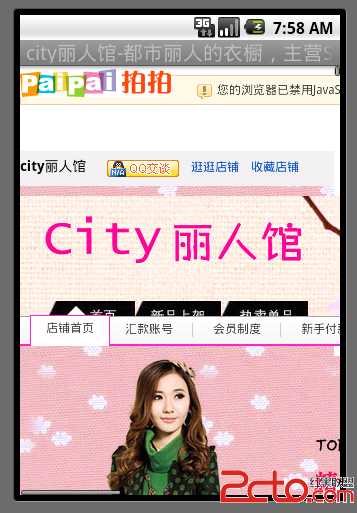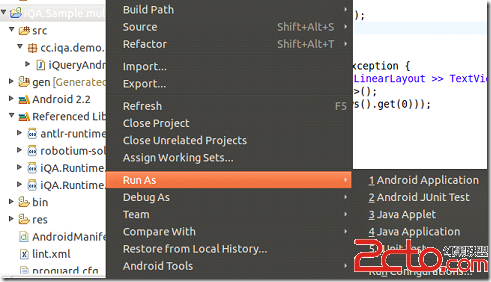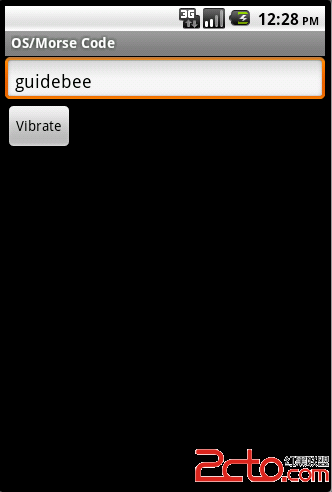android:onTouch()和onTouchEvent()的区别?看完这篇文章就知道了
Android Touch Screen 与传统Click Touch Screen不同,会有一些手势(Gesture),例如Fling,Scroll等等。这些Gesture会使用户体验大大提升。
Android中的Gesture识别(detector)是通过GestureDetector.OnGestureListener接口实现的。
首先,Android事件处理机制是基于Listener实现的,比如触摸屏相关的事件,就是通过onTouchListener实现;
其次,所有View的子类都可以通过setOnTouchListener()、setOnKeyListener()等方法来添加对某一类事件的Listener;
第三,Listener一般会以Inte易做图ce的方式来提供,其中包含一个或多个abstract方法,我们需要实现这些方法来完成 onTouch()、onKey()等操作。这样,程序便可以在特定的事件被dispatch到该view的时候,通过callback函数给予适当的响 应。
1. Touch Screen Click举例
public class MyGesture extends Activity implements OnTouchListener
{
public void onCreate(Bundle savedInstanceState)
{
super .onCreate(savedInstanceState);
setContentView(R.layout.main);
TextView tv = (TextView) findViewById(R.id.tv);
tv.setOnTouchListener( this );
}
public boolean onTouch(View v, MotionEvent event)
{
Toast.makeText( this , "Touch Touch" , Toast.LENGTH_SHORT).show();
return false ;
}
}
我们可以通过MotionEvent的getAction()方法来获取Touch事件的类型,包括 ACTION_DOWN(按下触摸屏), ACTION_MOVE(按下触摸屏后移动受力点), ACTION_UP(松开触摸屏)和ACTION_CANCEL(不会由用户直接触发)。借助对于用户不同操作的判断,结合getRawX()、 getRawY()、getX()和getY()等方法来获取坐标后,我们可以实现诸如拖动某一个按钮,拖动滚动条等功能。
2. 当我们捕捉到Touch操作的时候,如何识别出用户的Gesture?这里我们需要GestureDetector.OnGestureListener接口的帮助,代码如下:
public class MyGesture extends Activity implements OnTouchListener, OnGestureListener
{
private GestureDetector mGestureDetector;
public MyGesture()
{
mGestureDetector = new GestureDetector( this );
}
public void onCreate(Bundle savedInstanceState)
{
super .onCreate(savedInstanceState);
setContentView(R.layout.main);
TextView tv = (TextView) findViewById(R.id.tv);
tv.setOnTouchListener( this );
tv.setFocusable( true );
tv.setClickable( true );
tv.setLongClickable( true );
mGestureDetector.setIsLongpressEnabled( true );
}
/* * 在onTouch()方法中,我们调用GestureDetector的onTouchEvent()方法,将捕捉到的MotionEvent交给GestureDetector * 来分析是否有合适的callback函数来处理用户的手势 */
public boolean onTouch(View v, MotionEvent event)
{
return mGestureDetector.onTouchEvent(event);
}
// 用户轻触触摸屏,由1个MotionEvent ACTION_DOWN触发
public boolean onDown(MotionEvent arg0)
{
Log.i( "MyGesture" , "onDown" );
Toast.makeText( this , "onDown" , Toast.LENGTH_SHORT).show();
return true ;
}
/* * 用户轻触触摸屏,尚未松开或拖动,由一个1个MotionEvent ACTION_DOWN触发 * 注意和onDown()的区别,强调的是没有松开或者拖动的状态 */
public void onShowPress(MotionEvent e)
{
Log.i( "MyGesture" , "onShowPress" );
Toast.makeText( this , "onShowPress" , Toast.LENGTH_SHORT).show();
}
// 用户(轻触触摸屏后)松开,由一个1个MotionEvent ACTION_UP触发
public boolean onSingleTapUp(MotionEvent e)
{
Log.i( "MyGesture" , "onSingleTapUp" );
Toast.makeText( this , "onSingleTapUp" , Toast.LENGTH_SHORT).show();
return true ;
}
// 用户按下触摸屏、快速移动后松开,由1个MotionEvent ACTION_DOWN, 多个ACTION_MOVE, 1个ACTION_UP触发
public boolean onFling(MotionEvent e1, MotionEvent e2, float velocityX, float velocityY)
{
Log.i( "MyGesture" , "onFling" );
Toast.makeText( this , "onFling" , Toast.LENGTH_LONG).show();
return true ;
}
// 用户按下触摸屏,并拖动,由1个MotionEvent ACTION_DOWN, 多个ACTION_MOVE触发
public boolean onScroll(MotionEvent e1, MotionEvent e2,
补充:移动开发 , Android ,




